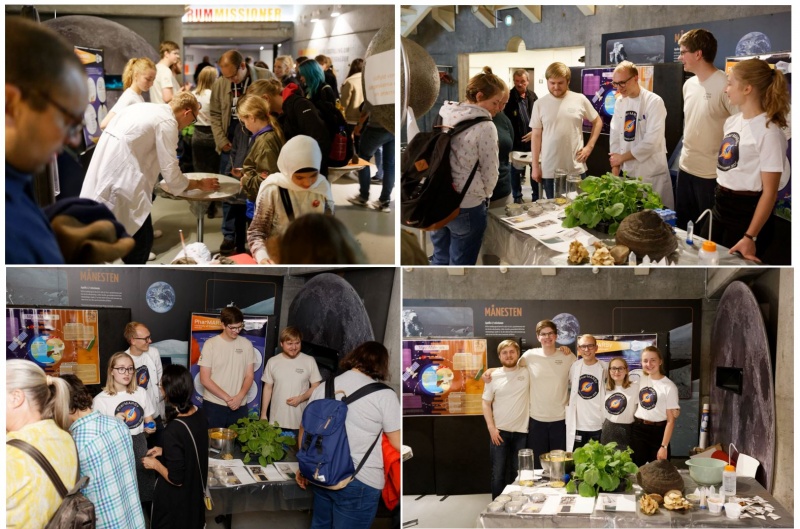UCPH gold medal in synthetic biology
An international multi-disciplinary team of UCPH students has brought back a gold medal from the International Genetically Engineered Machine (iGEM) student competition in synthetic biology held in Boston.

In March 2018, a group of 13 UCPH students from biosciences, pharmacy, physics and rhetoric met for the first time. Together they represented 10 degree programmes and four different nationalities. Their mission: Production of proteins in space and on Mars!
If we are going to travel in space for longer periods of time, let alone travel to Mars, the production of medicine on site becomes very important. How do we provide future astronauts with means of producing pharmaceutical proteins for medicine on board the spaceship with minimal resources and risks of contamination? This was the task the Copenhagen team behind PharMARSy set out to work on over the summer.
Gold medal
In October, the students presented their product at The International Genetically Engineered Machine (iGEM) student competition in Boston. The iGEM competition attracts teams from all over the world. The students are not competing against each other, but each team strives to meet the criteria for being awarded a bronze, silver or gold medal.
The UCPH team proved to the judges that the purpose, design and execution of their project lived up to the highest standards and took home a gold medal. Well done and a tribute to what interdisciplinary teamwork can achieve!
“An interdisciplinary team makes it possible to work on many aspects of a project and obtain great success on these. The knowledge and skills from the many disciplines can be used individually to enhance an aspect of the project. However, when combining the pieces you can really extend the project and this is really interesting! The physicists can help create mathematical models that can then be tested in the lab by bioscientists and the final results can then be communicated to the society with the help from rhetoricians. Seen from a student’s perspective this is really good training for future jobs where you might end up in a working environment with people from many backgrounds, cultures and educations” says Lasse Meyer biology-biotechnology student and one of the brains behind PharMARSy.
Mission accomplished
The final product of PharMARSy is a portable device consisting of two chambers divided by a biomimetic membrane.
Simply put, one chamber contains bacteria that produce protein with a syringe-like structure. The bacteria secrete the protein through the membrane into the second chamber. The membrane allows the protein to pass, but it is robust enough to prevent bacteria from crossing into the second chamber. The second chamber now holds a protein solution free of contamination, which can be used for producing medicine: Mission accomplished.
Meet the UCPH team and learn more about PharMARSy
The PharMARSy team that consists of 13 students from different countries, disciplines and faculties, encompassing everything from biotechnology and physics, to rhetoric. Meet them and learn about the project here.
